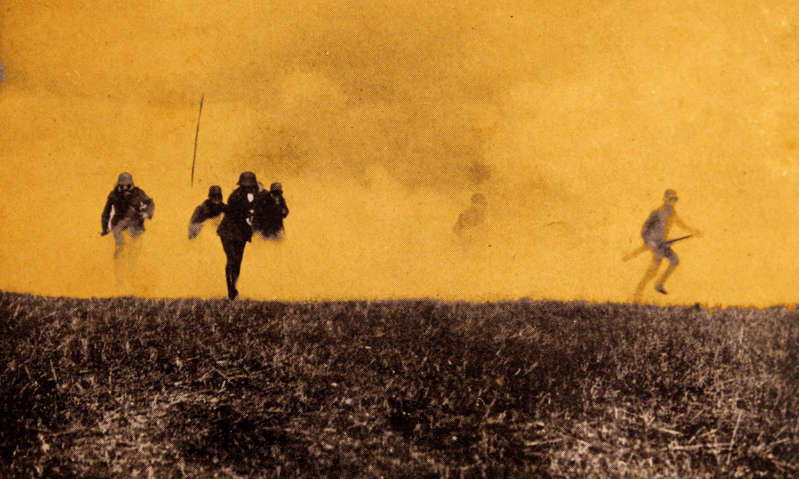
Dedicated to the International Day of Mustard Gas …
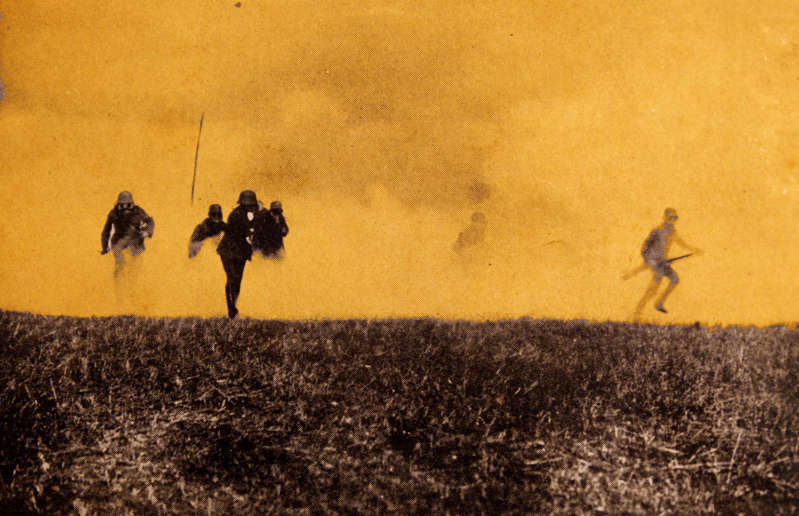
It turns out that April 22 is still a date. Not only that on this day in 1870 Volodenka Ulyanov aka Lenin managed to be born. In 1915, it was on this spring day that the Germans successfully used chemical weapons for the first time. It was the battle of the Belgian Ypres. So to speak, in honor of the gloomy date, we have compiled a short chronicle of the use of chemical weapons during the First World War.
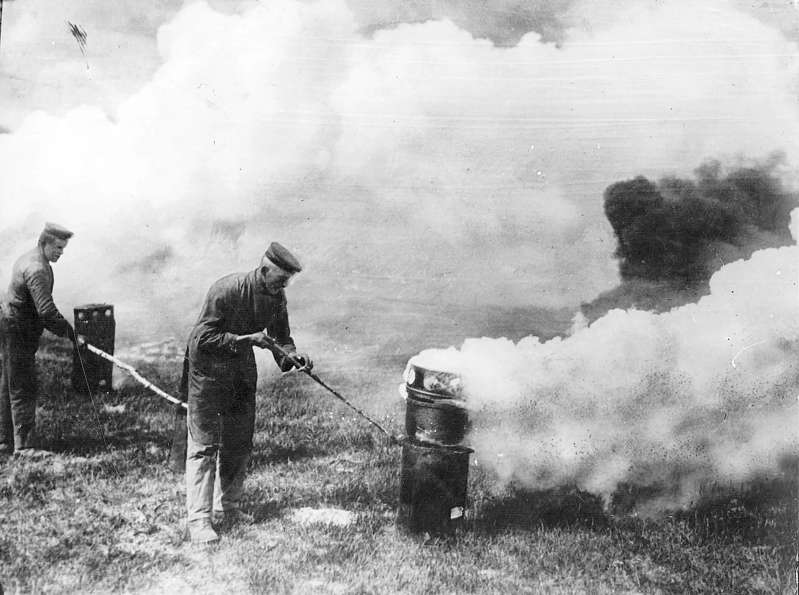
In fact, the leadership in the use of chemistry at the front belongs not to the Germans, but to the French. Already in the first month of the First World War, in some places they used tear gas grenades. Such as early as 1912 appeared at the disposal of the French police.
But it was, of course, so, a slight runny nose. Then it went steeper. In October 1914, the Germans would fire about 3,000 shells containing dianisidine, a strong lung irritant, at British positions. But the trick, fortunately, will fail. In fact, all German poisonous chemistry self-destructed when the shells were detonated.
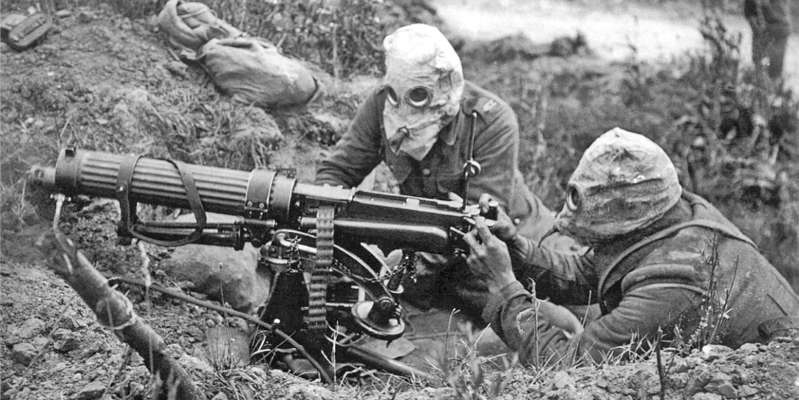
A similar failure will happen in January 1915. Almost 20 thousand shells with bromide xylene, fired at the Russian fortifications in the area of the Polish Bolimov, flew into milk. In freezing weather, the chemical charges simply froze.
And finally, “success-success”. In the Battle of Ypres, the Germans waited for the right wind direction and sprayed almost 170 cubic tons of chlorine towards the British units. More than eight thousand people became victims of the first massive gas attack in history.
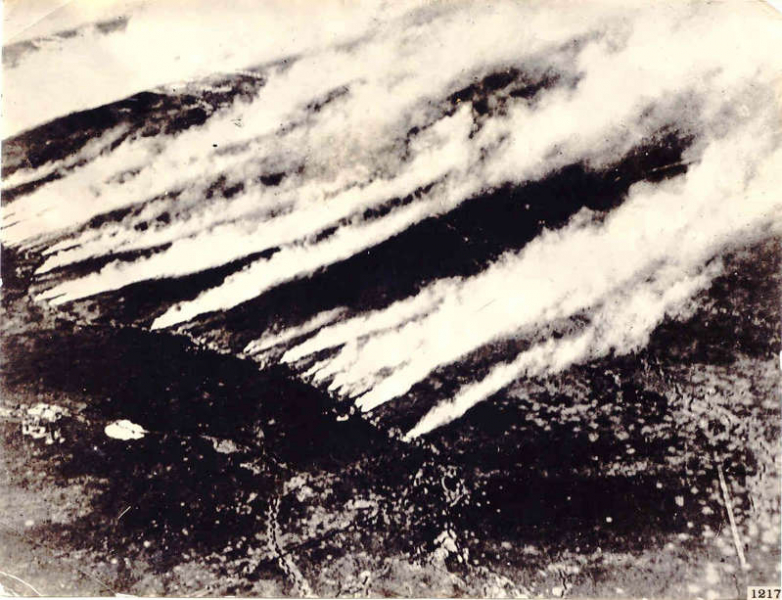
In September, the British tried to turn on the response by spraying chlorine on the Germans at the Battle of Loos. However, everything did not go according to plan. Already after the gas floated towards the enemy, the wind changed, and the poisonous cloud returned home to the British positions.
In December 1915, just before Christmas, the Germans prepared a deadly present for the British – phosgene. The colorless gas not only had better volatility than chlorine, but was also more dangerous. By the way, there is still no antidote for the choking properties of phosgene. Of the 1,000 British soldiers injured in the attack, about 120 were killed.
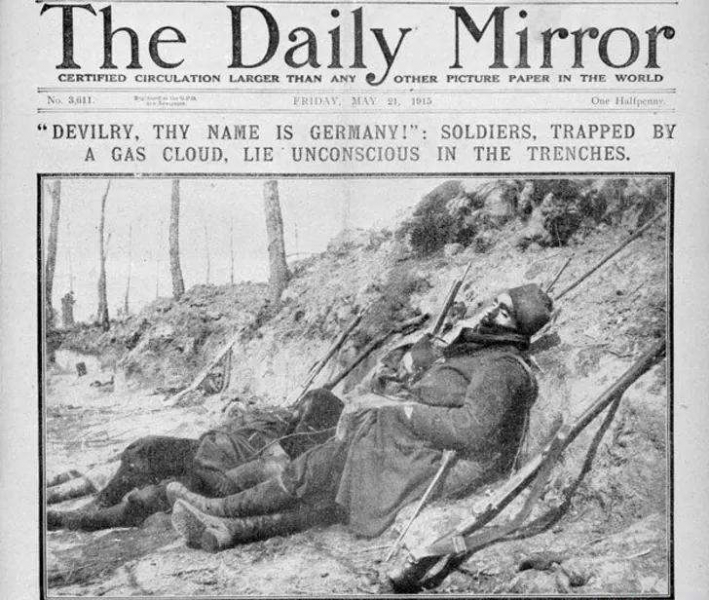
The new and deadliest toy of German chemists is mustard gas. It was first used on July 13, 1917, and again at the Battle of Ypres. In a liquefied form, mustard gas (since then mustard gas is only called that way) caused terrible burns and led to blindness, and when evaporated, it affected the lungs. In one gas session, the Allies lost over 2,100 personnel. In just three weeks of using mustard gas, the Germans inflicted more damage on the enemy than in all previous chemical attacks in a whole year!
The mustard gas formula did not remain a secret for long. In the summer of 1918, the British also began to actively use mustard gas. By the way, one of the victims of mustard gas in October of the same year was the young Austrian messenger Alois Johann Schicklgruber. Do I need to call him a second, better known name? Alois, who had temporarily lost his sight, was sent from the front line to the rear hospital, where he had enough time to think about the future of Germany. Perhaps too many …
As a result, by the end of the First World War, the number of victims of chemical weapons was, to put it mildly, shocking. On both sides about 100 thousand killed and over a million wounded.
In 1925, the League of Nations, the forerunner of the United Nations, published a protocol banning the use of chemical and biological weapons in military conflicts. Unfortunately, its development, production and storage are not prohibited everywhere. This means that the world lives literally in one madman from the next gas attack.
Related materials:
- How a Soup Bowl Saved Millions of Lives: The Amazing Story of a Military Helmet
- The wackiest car bloopers
- A canister of all times and peoples – an invention of the Wehrmacht, thanks to which the Allies won the war
- Gatling Gun – a machine gun that wasn't a machine gun
- Pokryshkin's Airacobra: American Predator for Soviet Aces

